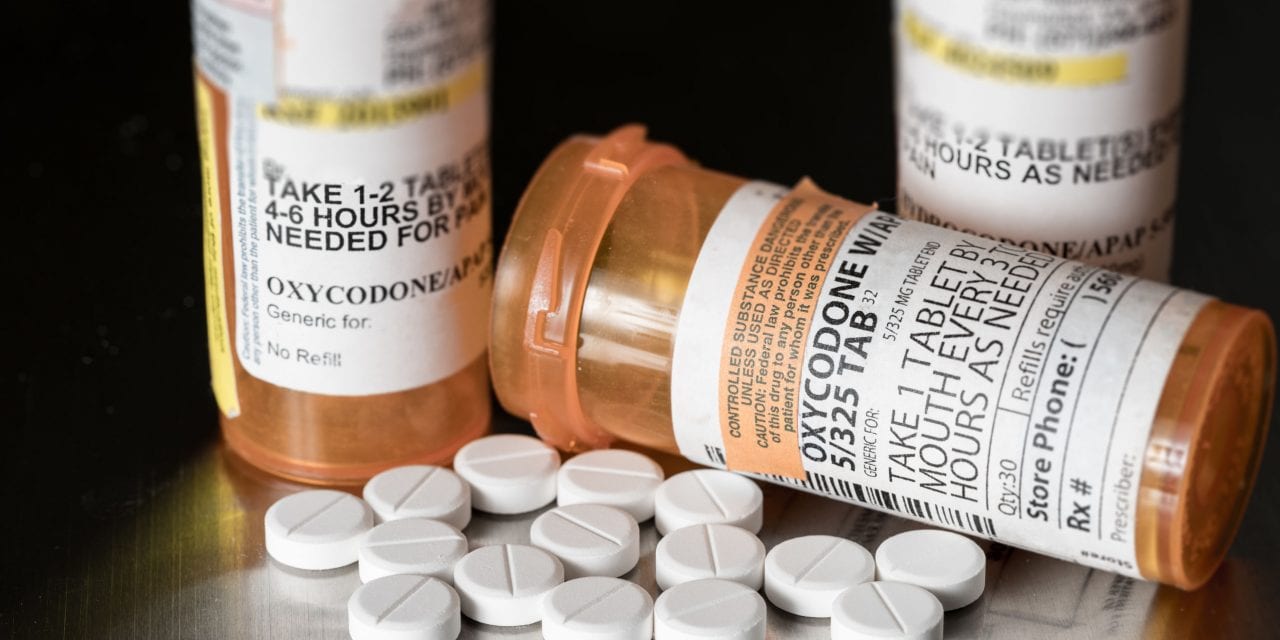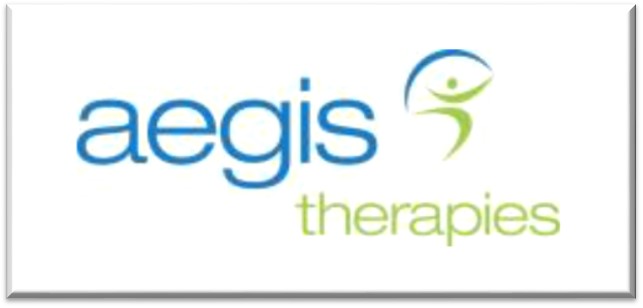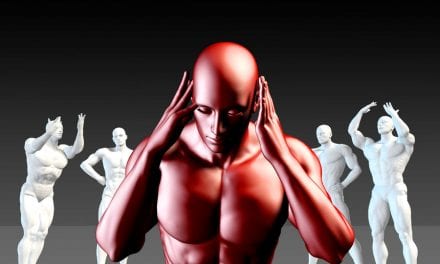Physical therapy instead of opioids? Can it work?
By Susan Saldibar
The idea of chronic pain is sort of abstract and hard to wrap your head around. Until you experience it. Then it’s a nightmare. I know people who live with chronic pain and, for a couple of them, I’ve seen it really impact just about everything in their lives, from physical strength to endurance to emotional peace of mind.
As we all know, aging and pain pretty much go together. And there are stats to prove it. I found these from seniorliving.org that I thought were interesting:
-
Over half of those 65 and older aren’t functioning at an optimal level because of pain
-
70% of veterans have a pain-related disability
-
From 47-80% of seniors living at home don’t receive pain care
-
From 16-27% of seniors in extended care facilities don’t receive pain care
-
71% of the elderly with pain, take prescription pain relievers
Physical therapy instead of opioids? Can it work?
With regards to that last bullet item, those prescription pain relievers are opioids for the most part. 71% . . . wow. Which leads me to a discussion I had with Kathryn Abrahamson, Director of Corporate Communications, for Aegis Therapies, a Senior Housing Forum partner. October is National Physical Therapy Month. And the American Physical Therapy Association (APTA) has been putting a focus on raising awareness of using physical therapy (or PT as it’s typically referred to) as a potentially effective alternative to opioids for treating chronic pain conditions.
My first thought is, what a fantastic thing if it actually works. And there seem to be plenty of physicians and therapists who believe it does.
Are you using physical therapy to help control pain for your residents?
Aegis Therapies, as I would expect, is at the forefront of the movement to replace addictive opioids with physical therapy, whenever possible. So for those forward-thinking communities interested in pursuing a more natural, healthy way of reducing chronic pain for your residents, The APTA, as well as Aegis Therapies, suggest taking these steps:
-
Download and distribute the APTA Patient Pain Profile at your community and at your events.
-
Host an educational session for residents, families, and your greater community about the role of PT in pain management. Include your PT partner(s), who can provide more information and expertise.
-
Become an advocate for the role of PT in improving patient outcomes and combatting the opioid crisis. You can access an APTA white paper on the topic here.
-
Work with your PT partner(s) to ensure that your residents have access to programs that encourage the use of PT as an alternative to medications for pain.
-
This last bullet is mine. I would really market the fact that you are using PT to manage pain to your target prospective residents and families. What adult child wouldn’t welcome the thought that physical therapy just might relieve some of mom’s joint or nerve pain?
Saturday, October 13th was the 2018 PT Day of Service. This is a global event, which was started by physical therapists back in 2015 and is gathering momentum and well-deserved attention. While PT Day of Service has passed, don’t let that stop you! Make sure you are taking an active role in your community to draw attention to PT alternatives for pain. Clearly, it won’t work in every case, but if it works for even a small percentage, it would be well worth the effort.
You can access more information from Aegis Therapies about the role of physical therapy in managing pain, here.
For more information on Aegis Therapies, please visit their website:
Download a PDF copy of this article by clicking on the button below:










